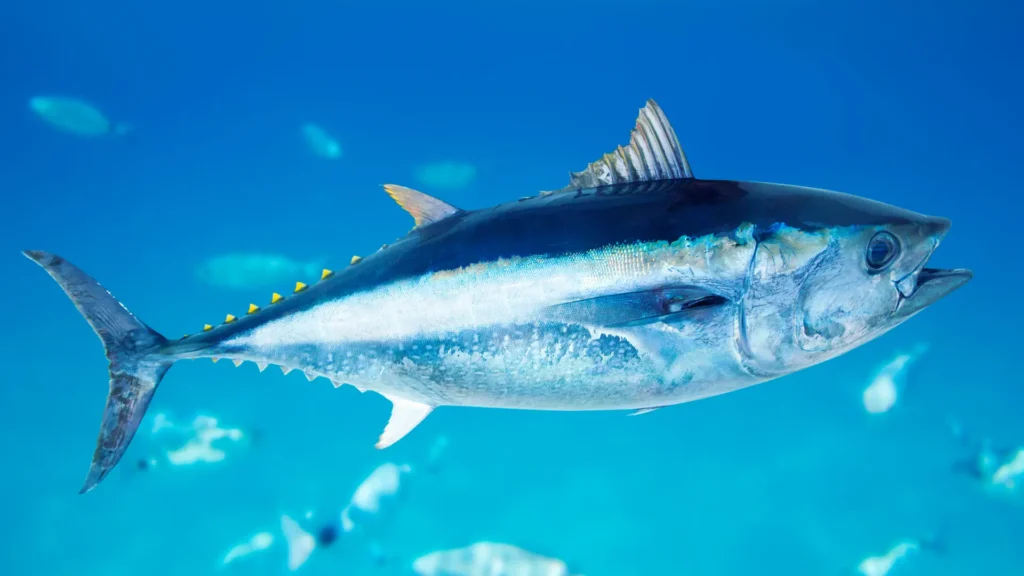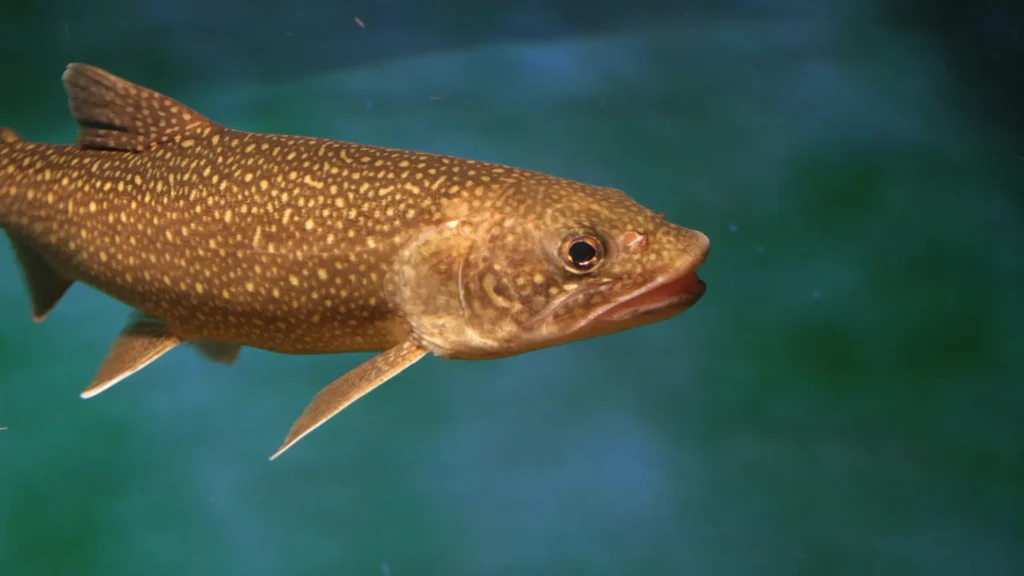Are you ready to embark on an exhilarating catfish angling adventure? Frustrated by the elusive nature of these whiskered creatures? Understanding the intricacies of catfish behavior is of utmost importance when it comes to successful angling, regardless of whether you are a seasoned angler or a beginner. We are here to guide you through the enigmatic world of catfish behavior, providing valuable insights and tips to enhance your fishing experience.
From choosing the perfect bait to uncovering their preferred habitats, we’ll unlock the key to a truly successful catfish adventure. So, let’s switch things up and uncover the hidden tricks to hooking a catfish!
Proper Equipment and Gear in Catching Catfish
When it comes to catching catfish, having the proper equipment and gear is essential for a successful fishing trip. The right tools can make all the difference in reeling in that trophy catfish you’ve been dreaming of.
For catfish angling, a robust rod and reel combo is essential. Look for a medium to heavy action rod with a strong backbone to handle their fierce strikes and fights. Ensure the reel has a smooth drag system and ample line capacity to accommodate their weight and strength.
Next up, choose the appropriate fishing line. For most catfishing situations, a heavy-duty monofilament or braided line in the range of 20 to 40-pound test will do the job. This ensures that your line can withstand the abrasion from catfish’s rough mouths and the potential obstacles in their habitat.
For catching catfish, it’s best to use circle hooks. They set themselves when the fish bites, increasing hook-up success and reducing the risk of the fish swallowing the hook. Match the hook size to the bait and the catfish size you’re going for.
Catfish have a variety of bait preferences, including live bait like nightcrawlers, worms, and minnows, as well as prepared baits like stink baits and dough baits. Experiment with different baits to determine the most effective option for the specific catfish species you’re targeting.
To ensure your bait is properly positioned, you’ll require a range of weights and sinkers. Use adequate weight to keep your bait anchored on the bottom, where catfish usually feed. Egg sinkers, no-roll sinkers, and bank sinkers are commonly utilized for catfishing.
Lastly, it’s crucial to check and comply with local fishing regulations and licensing requirements. Obtaining the proper fishing license ensures you’re fishing legally and responsibly.
Location and Timing in Catfish Fishing
Selecting the right location and choosing the optimal time to fish can significantly increase your chances of catching a catfish.
Location is crucial when it comes to catching catfish. They can be found in rivers, lakes, ponds, and reservoirs. Knowing the preferences of different catfish species is essential. For instance, channel catfish are found in rivers and lakes with moderate current. While flathead catfish prefer deep waters with submerged logs or rock structures. By understanding the species you’re targeting and studying their preferred habitats, you can narrow down your search.
When selecting a fishing spot, consider water depth, structure, and cover. Catfish tend to hide near submerged logs, rocks, or other underwater structures to surprise their prey. Look for these features and position yourself accordingly.
Timing is crucial when it comes to catching catfish. They tend to be more active at specific times of the day and year. Knowing their feeding habits and patterns can give you an advantage. Catfish are most active during the cool early morning and late evening hours, also known as the “golden hours.” With minimal boat traffic and human disturbance, now is the perfect time to catch catfish.
Understanding catfish feeding patterns can greatly enhance your success in catching these elusive fish. During the pre-spawn season, catfish are more voracious and eager to feed. Align your fishing trips with these cycles to increase your chances of reeling in a big catch.
Getting Ready for the Hunt
- Choose the right fishing rod and reel for catfish. Use medium-heavy rods that are under 7 feet long for this technique. Match these rods with reels that allow you to spool the right line strength and amount, especially for deep-water fishing. Always pair casting reels with casting rods for optimal results. These selections will equip you to catch catfish with success.
- Select the appropriate fishing line and hook size. To increase catch rates when catfishing, anglers should choose hooks that match the size of the bait. When unsure, it’s better to use hooks sizing 8/0 or 10/0 when targeting large cats such as bluegills or bullheads. This strategy improves the chances of a successful catch.
- Exploring different baits and their effectiveness for catfish. Nightcrawlers, gizzard shad, white suckers, skipjack herring, stink bait, and Asian carp are all effective bait options for catching catfish. These choices can greatly enhance the chances of successful catches.
- Understanding the role of fishing knots in securing the hook. When tying the knot, leave about a foot of tag end for a secure knot. Wetting the knot with saliva helps tighten it and prevents line damage. Trim the excess line to avoid snags and enjoy a hassle-free fishing experience.
Techniques for Catching Catfish
When it comes to catfish angling, there are several key elements that can greatly enhance your chances of success.
1. Casting Accuracy
Mastering accurate casting is crucial for successful catfish fishing. Improving your precision and consistently hitting the target area will increase your chances of attracting catfish. Focus on casting towards submerged structures like fallen trees, underwater ledges, or brush piles where catfish often hide. By honing your casting skills, you’ll boost your fishing results and gain an advantage on the water.
2. Bottom Fishing and Drift Fishing
Bottom and drift fishing are effective methods for catching catfish. When bottom fishing, strategically position your bait to attract feeding catfish. While drift fishing involves letting your bait drift with the water’s current, presenting it naturally to hungry catfish. By imitating prey movement, you improve your chances of enticing a bite. Combine bottom and drift fishing to find the most productive approach.
3. Fishing in Deep Water and Channels
To catch catfish in deeper waters or channels, adapt your fishing technique. Look for deep holes or depressions where catfish often take refuge. Use heavier sinkers to reach the desired depth. Attract bigger catfish with live bait like crawfish or cut bait. Patience is key in deep-water fishing as it takes time to find the right spot and present your bait effectively.
4. The Power of Technology
Technology has transformed catfish angling. The fish finder locates catfish and underwater structures, providing an advantage. Underwater cameras offer real-time insight into behavior and habitat, improving strategy and success. Embrace these tools to elevate your fishing and increase the chances of catching prized catfish.
Tips for Landing a Trophy Catfish
When it comes to landing large catfish, there are certainly risks and challenges that anglers must be aware of. These mighty fish can put up quite a fight, so it’s important to be well-prepared and equipped for the task. One of the first considerations is the type of landing net to use.
When it comes to selecting a landing net for catfish, it’s essential to prioritize durability and capability. The right net should be able to handle the weight and size of these impressive fish without any compromise. Choosing a wide and deep net with a sturdy frame ensures a secure and gentle way to catch catfish. Look for specialized nets made for catfish with reinforced handles and thicker meshes to handle their strength. By focusing on these qualities, anglers can safely and effectively land catfish without any worries.
Once the catfish is hooked and near the boat or shore, it’s important to maintain tension on the line. Tire out the fish to prevent sudden runs or dives that could break the line. By keeping a steady pressure on the fish, you can increase the chances of successfully landing it.
Safely handling and releasing catfish is another important aspect to consider. These fish have sharp spines and powerful jaws that can cause injury if not handled properly. It’s recommended to wear gloves or use a gripping tool when handling catfish to avoid any accidental cuts or punctures. Handle catfish with care, being mindful of their fins and the protective slime coating on their bodies. Excessive handling can cause damage.
When releasing catfish, it’s crucial to do so in a manner that ensures their survival. Avoid dropping them onto hard surfaces or throwing them back into the water forcefully. Handle the fish carefully, supporting it underneath and returning it to the water to go back to its natural environment. This reduces the risk of exhaustion or injury and gives the catfish the best chance of thriving after the catch.
Conclusion:
To catch catfish successfully, it’s crucial to understand their behavior and habitat. Familiarize yourself with their hiding spots and feeding areas in rivers, lakes, or ponds. Use the appropriate bait, such as live bait or stink bait, depending on the location and season. Experimenting with different bait options will help you refine your approach.
Mastering fishing techniques is also essential. Use sturdy equipment like a fishing rod and reel, and learn fishing knots and hooks like the circle hook to prevent the catfish from escaping.
Remember that patience and persistence are key. Catfish can be elusive, so don’t get discouraged if you don’t succeed immediately. Keep trying, adjust your strategy based on research and observation, and your chances of success will increase.
If you have any further inquiries regarding catfish angling, please feel free to leave your questions in the comments section below.
Additional Resources:
- 8 Reasons why you may not catch a trophy catfish: https://www.gameandfishmag.com/editorial/8-reasons-youre-catching-trophy-catfish/193504
- Precision catfishing with no wind: https://www.catfishedge.com/precision-catfishing/
- How to catch a catfish: Step by step guide: https://www.curated.com/journal/367000/how-to-catch-catfish-a-step-by-step-guide
- Channeling anglers effort towards catfish: https://gf.nd.gov/magazine/2017/jul/catfish
Breaking the rules for catfish: https://www.in-fisherman.com/editorial/breaking-the-rules-for-catfish/154960


